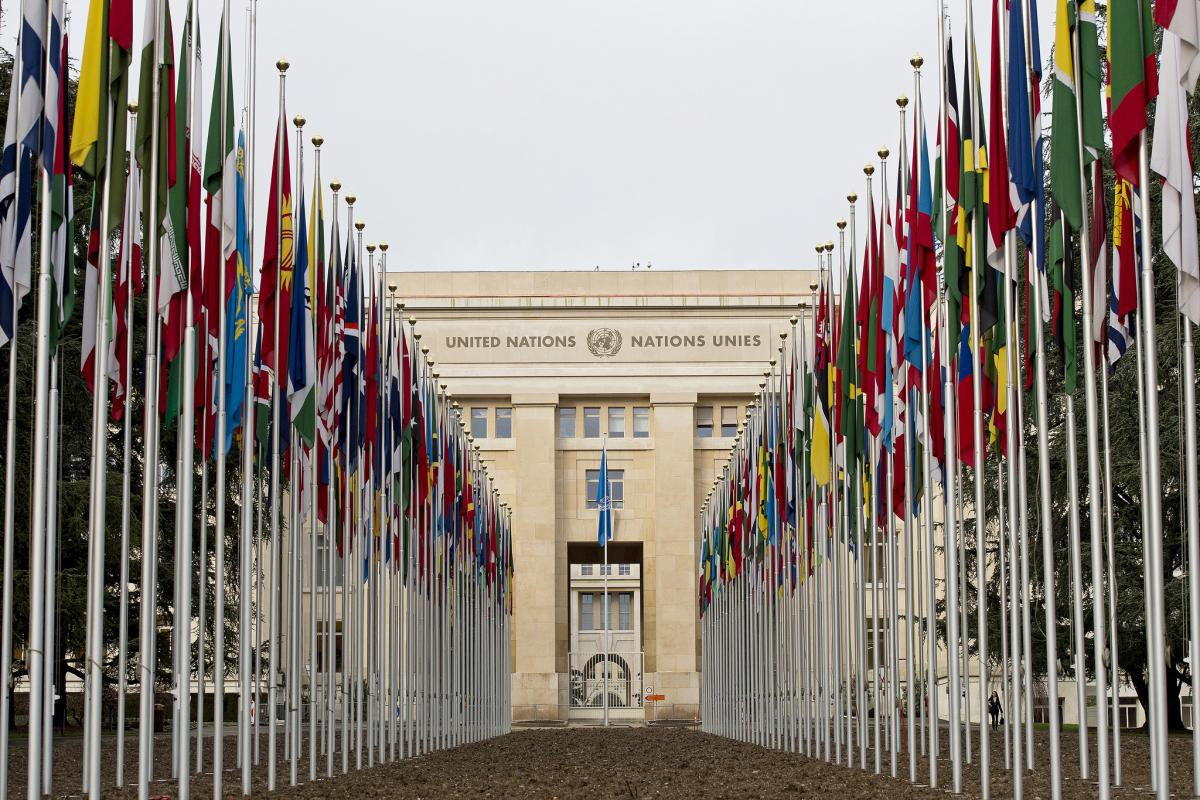Creating the Space for SDG Innovation: A Geneva case study
What role should innovation be playing in sustainable development? We look at an example of its application: the Geneva 2030 Ecosystem under our SDG Knowledge Program.
What role should innovation be playing in sustainable development? We look at an example of its application: the Geneva 2030 Ecosystem under our SDG Knowledge Program.
What is "innovation"?
Innovation.
We hear this buzzword often in our ever-changing world where new approaches are urgently required to match the pace and scale of technological transformation as well as economic, social and environmental challenges.
The simple definition of innovation is the act or process of introducing new ideas, devices or methods. I tend to gravitate to a definition used in social innovation circles: an intervention that changes the flow of power, information or resources. For me, this definition more comprehensively encompasses what innovation is all about: altering the dynamics of a complex system.
Innovation does not always take the form of a completely new idea. In fact, many innovation practitioners often say that there are no new ideas. Innovation may come from using well-established models in a new context or it may involve taking individual elements of existing approaches and putting them together in new ways—a concept referred to as bricolage by the systems-thinking community.
What role should innovation play in sustainable development?
We need to incorporate innovation into sustainable development practices if we are to achieve the 2030 Agenda for Sustainable Development. The status quo will not get us across the finish line when it comes to the lofty Sustainable Development Goals (SDGs), adopted in 2015.
New policy and implementation practices will be required, but finding the channels to experiment, and sometimes fail, is easier said than done. People’s lives and well-being are stake—we need to ensure that we are creating the right conditions to innovate.
We need to incorporate innovation into sustainable development practices if we are to achieve the 2030 Agenda for Sustainable Development.
What can we learn from the business sector?
The private sector can provide an interesting model for doing just this. Some companies have become experts in taking innovation processes outside of their core business so that they can develop new products, processes or approaches. Companies often channel dedicated resources and space to thinking outside the box, because innovation requires different mindsets, timelines, investment and risk tolerance. Examples include 3M’s Innovation Centres and Lockheed Martin’s Skunk Works. These companies have recognized that, if they judge new ideas on the same scale as the established ones, the new ideas will never get off the ground.

How is IISD applying this thinking to the sustainable development field?
Here at IISD, in the spirit of innovation and experimentation, we are promoting new approaches.
We recently established the Geneva 2030 Ecosystem under our SDG Knowledge Program. This initiative brings together the community of actors located in Geneva who are working on the SDGs to collaborate and experiment with new approaches. The concept is simple: with a large concentration of organizations focused on the SDGs, Geneva is an ideal place to develop a model for collaboration and innovation around the 2030 Agenda.
IISD facilitates the group, which is comprised of over 80 individuals, including United Nations organizations, non-governmental organizationss, academic institutions, private sector entities and social entrepreneurs. The Geneva 2030 Ecosystem meets to create a common vision for how Geneva can support implementation of the SDGs at the national and international levels, and exchanges information about their individual initiatives to find potential areas for collaboration.
The Geneva 2030 Ecosystem is an experiment in itself. We expect there will be obstacles, some failures, many lessons and some big wins for sustainable development
IISD has just launched an “Innovation Sprint” for the members of the Geneva 2030 Ecosystem. A cohort of 30 individuals is participating in a 6-month innovation process centred on design thinking, systems mapping and rapid prototyping. The Innovation Sprint will increase each individual’s understanding and capacity for innovation. It will also create a platform for the Geneva community to develop new ideas. By using the Geneva 2030 Ecosystem as a safe space for innovation, the community is endeavouring to create a mechanism that allows ideas to be proven to the point where they can then be scaled.
This is a new way of functioning for most of the organizations participating, so we are gathering feedback throughout the process and adjusting course where needed.
In this way, the Geneva 2030 Ecosystem is an experiment in itself. We expect there will be obstacles, some failures, many lessons and some big wins for sustainable development
It wouldn’t be innovation otherwise.
You might also be interested in
Strengthening the Geneva 2030 Ecosystem
This study undertakes a needs assessment for a cross-sector collaboration space in Geneva in which actors can share knowledge, resources, and activities for SDG implementation.
Launching the Sustainable Finance Map of Geneva
A new map of sustainable finance players in Geneva could be a vital tool to scaling up funding for the Sustainable Development Goals.
Davos, Sustainable Development and an Open Mind
What did a sustainable development professional take away from mingling with the billionaires, world leaders, technocrats and financiers of Davos?
Why Innovation Is Critical to Achieving the Sustainable Development Goals
The SDGs are interconnected and complex. We are working to tackle that problem head-on while developing innovative approaches to achieving them.
